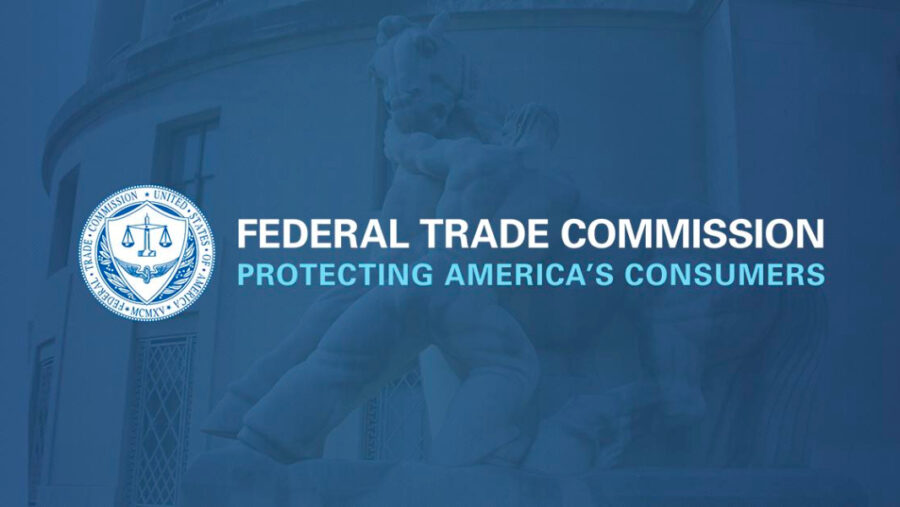The Country's Hottest New Business Locations: A Geographic Analysis

Table of Contents
Coastal Cities: Booming Economies and Skilled Workforce
Coastal cities are experiencing rapid economic growth, attracting businesses and talent alike. This surge is driven by several factors contributing to their status as some of the hottest business locations.
- Rapid population growth: Job creation in tech, tourism, and renewable energy sectors fuels significant population increases, creating a larger consumer base and expanding the workforce. These new residents often contribute to a vibrant and diverse culture, further enriching the business environment.
- Robust Infrastructure: Coastal cities generally boast well-developed infrastructure, including efficient transportation networks (airports, seaports, and highways), reliable communication systems, and access to essential utilities. This makes them attractive locations for businesses needing seamless operations.
- Access to a Skilled Workforce: Coastal areas often attract a highly skilled and diverse workforce, drawn by the abundance of job opportunities and the dynamic lifestyle. This readily available talent pool is a significant advantage for businesses seeking to expand or establish themselves.
- High Cost of Living and Real Estate: While the benefits are numerous, a significant drawback is the high cost of living and real estate, which can impact profitability and affordability for businesses and employees. Careful budgeting and consideration of these costs are essential.
Examples:
- San Francisco, CA: A global tech hub with a highly skilled workforce and abundant venture capital, but facing challenges with high real estate costs. Its strong innovation ecosystem consistently attracts new businesses.
- Miami, FL: A rapidly growing city with a booming tourism sector and a diverse economy, offering a vibrant cultural scene but also facing high competition for resources.
Inland Hubs: Strategic Logistics and Manufacturing Growth
While coastal areas often steal the spotlight, inland cities are emerging as significant players in the country's economic landscape. Their strengths lie in different aspects, making them equally attractive new business locations for specific industries.
- Strategic Logistics: Inland cities often benefit from strategic locations near major transportation routes, making them ideal hubs for distribution centers and manufacturing facilities. This access to efficient transportation networks lowers costs and streamlines operations.
- Lower Cost of Living and Operating Expenses: Compared to coastal areas, many inland cities offer lower costs of living and operating expenses, leading to increased profitability and attracting businesses seeking to minimize overhead.
- Government Incentives and Tax Breaks: To stimulate economic development, many inland cities offer attractive government incentives and tax breaks, making them even more appealing to businesses looking to establish or expand their operations.
- Attracting and Retaining a Skilled Workforce: A potential challenge for inland cities is attracting and retaining a skilled workforce. Addressing this requires investment in education and training programs, as well as offering competitive compensation packages.
Examples:
- Indianapolis, IN: A central location with a strong manufacturing base and access to major transportation routes, benefiting from a lower cost of living than coastal cities.
- Kansas City, MO: A growing logistics and distribution center, offering various incentives for businesses, alongside a thriving arts and culture scene.
Emerging Tech Clusters: Innovation and Venture Capital
The rise of tech clusters has redefined what constitutes some of the hottest business locations. These concentrated areas of technological innovation are magnets for investment and talent.
- Concentrations of Tech Startups and Established Companies: Tech clusters bring together startups and established companies, fostering collaboration and accelerating innovation. This synergistic environment is highly attractive for entrepreneurs and investors.
- Abundant Venture Capital: These areas often have abundant access to venture capital and funding opportunities, providing crucial support for new businesses and fueling rapid growth. This readily available capital facilitates expansion and innovation.
- Strong Universities and Research Institutions: Top universities and research institutions often form the backbone of tech clusters, providing a steady stream of skilled graduates and driving cutting-edge research and development. This academic foundation fuels innovation and supports the ecosystem's growth.
- High Competition and Rapid Market Shifts: The high concentration of businesses and rapid technological advancements also mean intense competition for talent and a dynamic, sometimes volatile market. Businesses need to be adaptable and resilient to succeed.
Examples:
- Austin, TX: A booming tech hub known for its vibrant startup scene, attracting major tech companies and substantial venture capital.
- Raleigh-Durham, NC (Research Triangle Park): A well-established research and development hub, supported by strong universities and boasting a diverse economy.
Factors to Consider When Choosing a Location
Selecting the right location requires careful consideration of numerous factors. A robust location strategy involves thorough due diligence and a comprehensive market analysis.
- Market Demand Analysis: Understanding your target customer demographics, purchasing power, and market size is paramount. This ensures your business is positioned to succeed in the chosen location.
- Infrastructure Assessment: Evaluate transportation, utilities, and communication systems. Reliable and efficient infrastructure is essential for seamless business operations.
- Labor Market Analysis: Assess the availability of skilled workers, labor costs, and employee benefits. A strong talent pool is crucial for business growth.
- Regulatory Environment: Understanding local, state, and federal regulations is crucial to ensure compliance and avoid potential legal issues. Navigating the regulatory landscape is vital for long-term success.
- Risk Assessment: Identify and mitigate potential business risks, including economic downturns, natural disasters, and competition. Thorough risk assessment protects your investments.
Conclusion
The country offers a diverse range of exciting new business locations, each with unique advantages and challenges. By carefully analyzing factors such as economic growth, infrastructure, workforce availability, and the regulatory environment, businesses can identify the ideal location to thrive. This geographic analysis provides a starting point for your research. Remember to conduct thorough due diligence before making any investment decisions. Start exploring the country's hottest new business locations today and find the perfect fit for your business expansion strategy!

Featured Posts
-
 Willie Nelson Honors Legendary Roadie In New Documentary
Apr 29, 2025
Willie Nelson Honors Legendary Roadie In New Documentary
Apr 29, 2025 -
 Ftc Appeals Activision Blizzard Ruling Microsoft Deal In Jeopardy
Apr 29, 2025
Ftc Appeals Activision Blizzard Ruling Microsoft Deal In Jeopardy
Apr 29, 2025 -
 Key Republican Groups Threaten To Block Trumps Tax Bill
Apr 29, 2025
Key Republican Groups Threaten To Block Trumps Tax Bill
Apr 29, 2025 -
 Annie Nelson Rebuts Media Misinformation About Willie Nelson
Apr 29, 2025
Annie Nelson Rebuts Media Misinformation About Willie Nelson
Apr 29, 2025 -
 Nyt Strands Hints And Answers Monday March 31 Game 393
Apr 29, 2025
Nyt Strands Hints And Answers Monday March 31 Game 393
Apr 29, 2025
Latest Posts
-
 Candlelight Vigil Honors Fallen Soldiers Fort Belvoir Mourns Helicopter Crash Victims
Apr 29, 2025
Candlelight Vigil Honors Fallen Soldiers Fort Belvoir Mourns Helicopter Crash Victims
Apr 29, 2025 -
 Report Pilots Actions Before Deadly Black Hawk Crash Near Washington D C
Apr 29, 2025
Report Pilots Actions Before Deadly Black Hawk Crash Near Washington D C
Apr 29, 2025 -
 Dc Helicopter Crash New Report Highlights Pilots Failure To Follow Instructions
Apr 29, 2025
Dc Helicopter Crash New Report Highlights Pilots Failure To Follow Instructions
Apr 29, 2025 -
 Fatal Black Hawk Crash Investigation Reveals Pilot Error 67 Dead
Apr 29, 2025
Fatal Black Hawk Crash Investigation Reveals Pilot Error 67 Dead
Apr 29, 2025 -
 Black Hawk Pilots Fatal Error Report Details Instructors Warnings Before Dc Collision
Apr 29, 2025
Black Hawk Pilots Fatal Error Report Details Instructors Warnings Before Dc Collision
Apr 29, 2025
